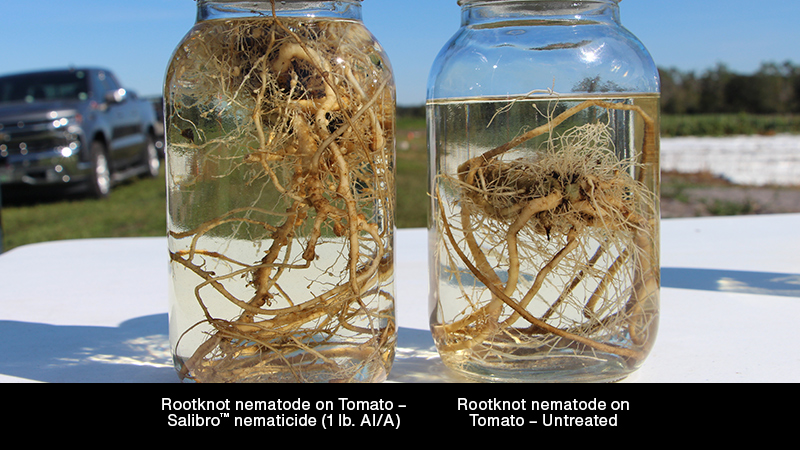Tips To Prevent Winter Injury
After two consecutive harsh winters, grapevine freeze protection is top of mind for many Eastern and Midwestern growers. Here’s a look at a few winterizing techniques to consider.
Snow Cover
“Snow is amazingly a great insulator,” says Tom Zabadal, viticulturalist in the Department of Horticulture at Michigan State University. “I wouldn’t have thought it was as good as it is until we gathered some data on this many years ago.”
Zabadal and his colleagues conducted a study in a vineyard where they recorded temperatures at 2-inch height intervals throughout the winter. They quickly learned the vine tissue didn’t have to be buried very far into the snow before it was protected.
“If a grower could reliably place the tissues of the grapevine that are at risk under just a few inches of snow, he would have good protection from the low winter temperatures,” Zabadal says.
He adds that when there’s a low winter temperature episode, the coldest place is right at the snow line, similar to when there’s no snow – the coldest temperature is at the soil line.
The caveat with snow cover, though, is that it’s not reliable. That’s been especially evident this winter. Luckily, growers have also been spared excessively low temperatures this year, too – at least for now.
Soil Cover
Soil also provides excellent vine protection. “Its main benefit is you don’t have to bring anything into the vineyard,” Zabadal says. “It’s present there.”
But all soil is not created equal when it comes to this method of vine protection. Heavier, clay soils are much more difficult to maneuver in and out from under the vines compared to lighter, sandy soils.
The slope of the vineyard makes a difference, too. “The more sloping the site you have, the more challenging it is to move soil in and out under the trellis,” Zabadal says.
Straw Cover
Straw (or other mulching material) also works well as a vine tissue insulator. Zabadal says it’s probably one of the most reliable methods for vine protection. “But the problem with straw is the cost and the effort required to make it work,” he says.
Several approaches have been used to apply straw, ranging from breaking the bales apart and applying it by hand to using machines to blow the straw under the trellis.
“We’ve done variations of this for 15 to 20 years, and straw is totally reliable,” Zabadal says. “The reason it’s not used more extensively is the cost and the difficulty of applying this technique.”
Zabadal says the ideal time for most growers to apply straw is the last couple of weeks of November, but it really depends on how quickly winter sets in. “This year it was a much longer period because of the slow onset of winter,” he notes.
Because many grapes are grown on grafted vines, protecting the graft union and scion tissue above the graft union is important. This provides some assurance that that if there is injury to the vine, the whole vine won’t be lost all the way back to the graft union.
“Another level of protection is to try to carry over some fruiting potential in the vine, not just protect the vine from being killed,” Zabadal says.
That involves putting canes on the ground and weighing them down with rocks found in the vineyard, or using nails at the base of the vineyard line posts and hooking the canes under the nails. Then, straw or mulch can be placed on top of the canes.
The most involved but reliable method for keeping the canes down, according to Zabadal, is to place a wire at the ground level and attach that wire to the line post so fruiting canes can be tucked underneath before applying straw or mulch material. “I have a vineyard where I began doing that 17 years ago, and the wire on the ground is still in fine condition after 17 years,” he says.
Zabadal adds that this method does create some problems with vineyard floor management in terms of weed control. “But if one were to ask themselves, ‘What is your highest priority – having cropping potential for the next year or maximizing weed control efforts,’ I think they’d go for the former.”









